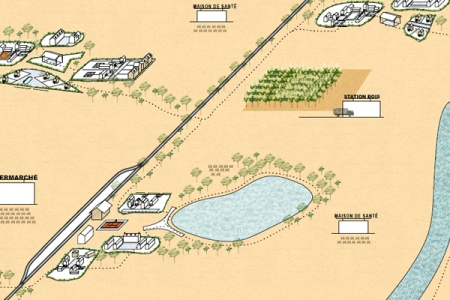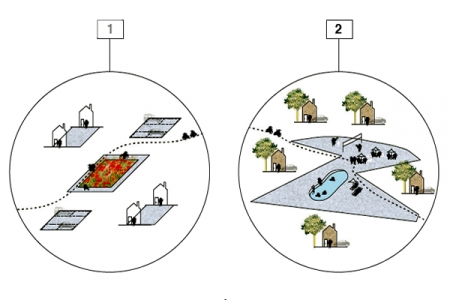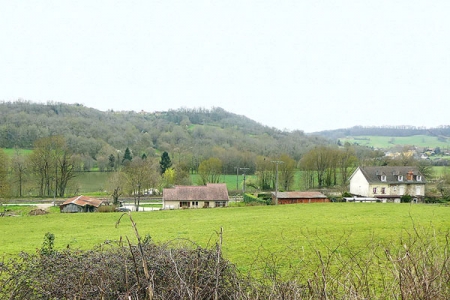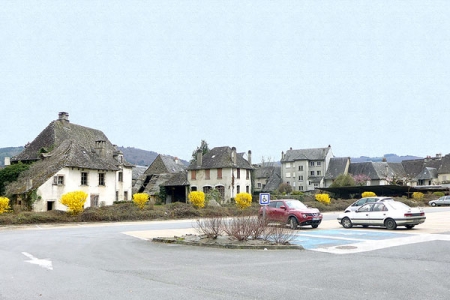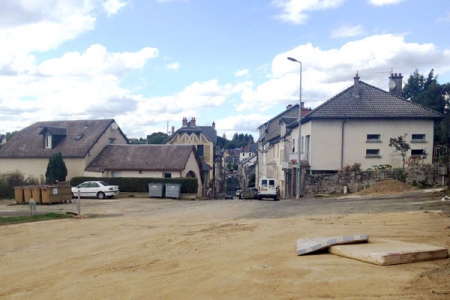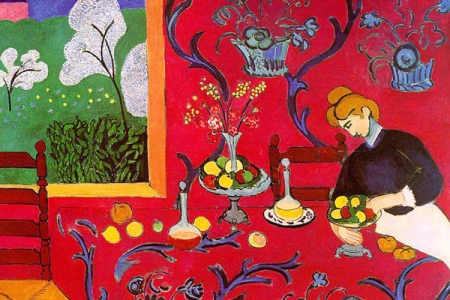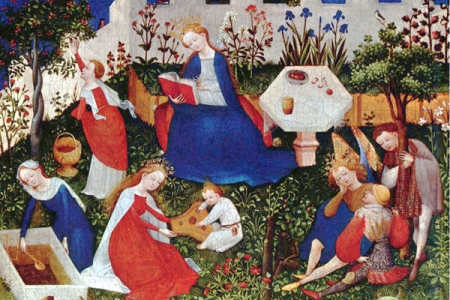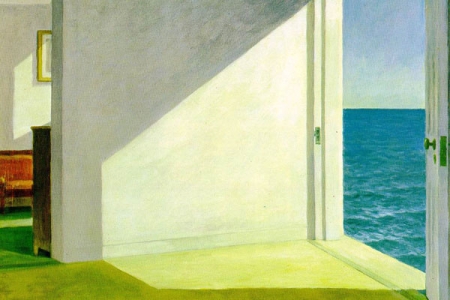Des îles partagées
la Corrèze (FR) – Lauréat
DONNÉES DE L'ÉQUIPE
Représentant d'équipe : Jeanne Moullet (FR) – architecte ; Associés : Yasmine Gaizi (FR), Victor Miot (FR) – architectes
Paris – France
contact@archipel-aa.com – www.archipel-aa.com
Voir la liste complète des portraits ici
Voir la page du site ici

Y. Gaizi, V. Miot & J. Moullet
INTERVIEW en anglais
Cliquer sur les images pour les agrandir
1. How did you form the team for the competition?
The team was formed around a common interest for the site in La Corrèze and a pleasure to work together.
2. How do you define the main issue of your project, and how did you answer on this session main topic: Adaptability through Self-Organization, Sharing and/or Project (Process)?
The project aims at answering the following question: How to empower the inhabitant to become a “citizen” instead of addressing him as a “consumer” in rural areas? We started from the premise that the quality of “community life” will depend as much on reinventing rural urbanity as on the inhabitants’ re-appropriation of the rural space in the long term. We create shared use spaces that foster imagination through interaction and collaboration. This appropriation by inhabitants will constantly reinvent and breathe life into this imaginary. A rural archipelago will then spring from these imaginary forces.
3. How did this issue and the questions raised by the site mutation meet?
Our method is based on the need to address each case in a sensitive and fragile rural environment. Each island –and therefore each imaginary space– is an answer to a specific context. It is an archipelago of contextual and autonomous islands. Their number, their nature and their order of appearance adapt to local needs.
4. Have you treated this issue previously? What were the reference projects that inspired yours?
During our studies at the Marne-la-Vallée School of Architecture, Towns and Territories, we discussed these rural themes that still inspire us today. The topic of Europan allowed us to do the complete opposite of the architect’s prism, which is to think about finished objects from built references. Our aim was rather to develop a permanent framework enabling residents to create a potential imaginary together with the local elected representatives. This framework can support an imaginary both poetic and functional.
5. Today –at the era of economic crisis and sustainability– the urban-architectural project should reconsider its production method in time; how did you integrate this issue in your project?
The flexible structure of the archipelago promotes diversity in terms of programming, scale and identity. Its morphogenesis is based on non-rigid rules that allow it to adapt to a variation of local conditions without limits (the existing urban fabric, the site geography, mixed programs and plural investors). In an archipelago-only environment, the islands remain autonomous; they can be questioned again at any time without challenging the overall balance. The immutability of the relationship between the islands remains guaranteed, allowing an infinite renewal.
6. Is it the first time you have been awarded a prize at Europan? How could this help you in your professional career?
Yes, this is our first prize in Europan, which has led us to renovate our architectural practice from the beginning of the project. Contrary to our personal experiences, predominantly urban and programmed, Europan has allowed us to build a common rural experience, non-programmed, appropriable and reversible.
